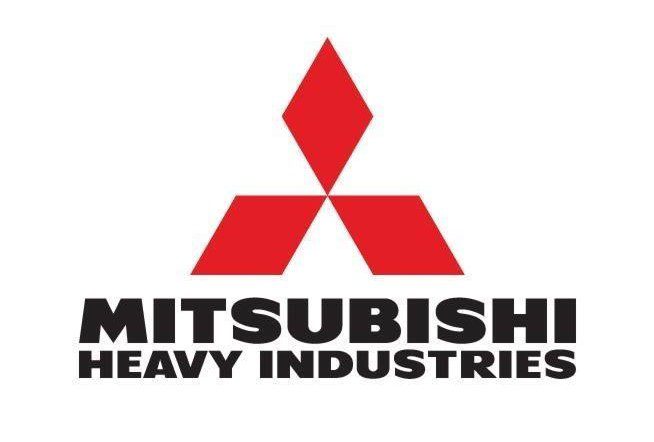
120245787 2701894836745730 4093173003869768762 n
The results this year of the Aero Structures business of Mitsubishi Heavy Industries (MHI) will depend entirely on the production rates of the OEMs, in this case mainly Boeing. While order intake and revenues of the CRJ regional jet program are expected to grow steadily, it is Aero Structures that is causing the most concerns, MHI said on May 12 in its FY21 results presentation. Mitsubishi’s FY22 fortunes depend on Boeing.
As reported in February after its Q3 results presentation, Mitsubishi has been hit hard by the production pause of Boeing 787 since May 2021 and the earlier production issues. The Japanese company produced only 25 Dreamliner units compared to 84 in 2020. The first quarter was relatively normal with fourteen units (2020: eighteen), but deliveries collapsed in the subsequent quarters: five in Q2 (32), four in Q3 (20), and just two units in Q4 (14).
MHI also produced fewer 777 units: twenty versus 24 in 2020. The first quarter saw the production of five units (2020: three), Q2 four (ten), Q3 six (seven), and Q4 five (four). For the 777X program, deliveries were also behind that of the previous year: four against seven. In Q1, MHI delivered two units (three in 2020), in Q2 one (three), in Q3 one (nil), and in Q4 nil (one).
Boeing hopes to restart 787 deliveries in HY2 this year, which should result in a steady increase in unit deliveries on this program. Production of the 777 will increase to three per month on the back of strong sales of the 777F, but Boeing announced on April 27 that it has paused the production of the 777-9 until the end of 2023 after postponing first deliveries by a year until 2025. This will have a negative effect on Mitsubishi. So the fortunes in FY22 depend on Boeing.
The Aircraft, Defense & Space division of MHI Group returned to profitability last year, reporting a ¥20 billion profit compared to a ¥-94.8 billion loss in 2020. This was mainly thanks to better results on naval and marine systems and better margins in commercial aviation programs, while space activities produced lower results. Division revenues were lower: ¥605.2 billion last year versus ¥702.1 billion in 2020. Order intake was higher at ¥774.2 billion, up from ¥626.2 billion, with Defense and the CRJ contributing positively and Aero Structures negatively. The order backlog increased to ¥1.086 billion from ¥892.8 billion.
Mitsubishi hopes to maintain its FY22 profit at ¥20 billion, while revenues will be slightly lower at ¥600 billion. Order intake is expected to be significantly lower at ¥650 billion, mainly due to lower Defense & Space orders.
In its FY21 presentation, there was no word on the status of the SpaceJet program. As reported on April 29, the future of the project is still under evaluation, but all indications are that Mitsubishi will not restart its own regional jet program that has been placed on hold in 2020. SpaceJet was not mentioned at all in its medium-term business plan update that runs through FY23. The plan only mentions further reductions in fixed costs for Aero Structures, while Aero Engines will bolster its production capacity with the opening of a new plant in Nagasaki. MHI will put a lot of effort in the coming years into carbon capture technology projects, nuclear power, and hydrogen production. In aviation, it will collaborate with ZeroAvia on hydrogen fuel cell technology for its CRJ program.
Views: 3



